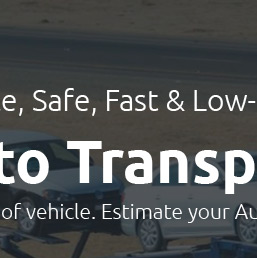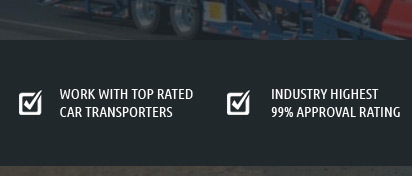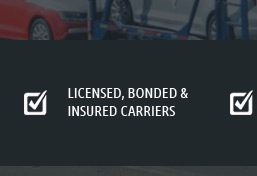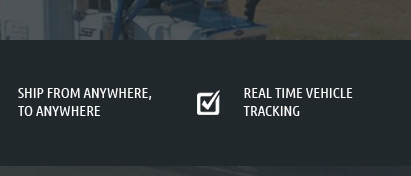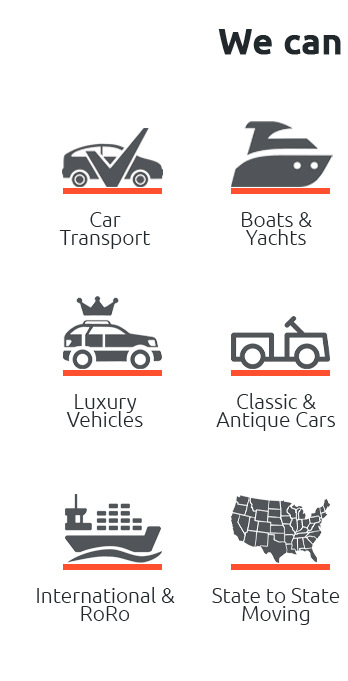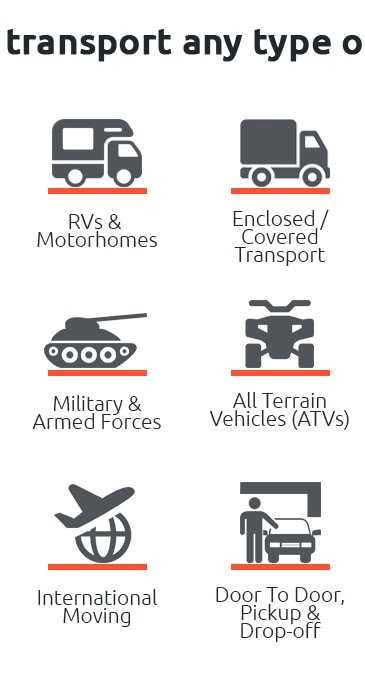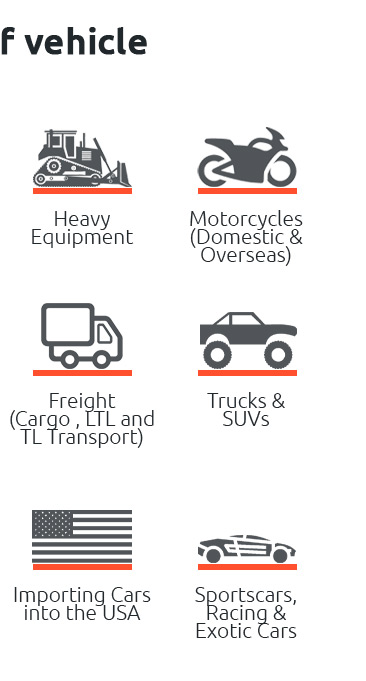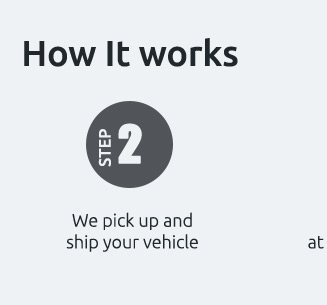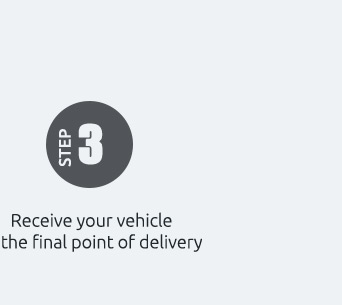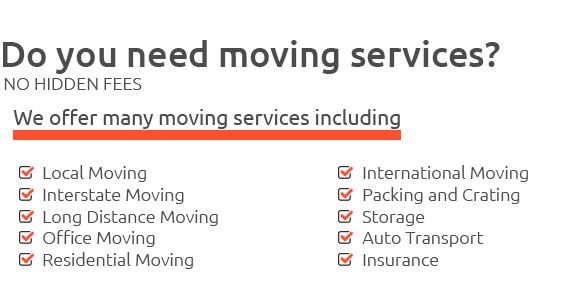rv transport services need drivers now: what to know
How the work flows
When seasonal moves surge, rv transport services need drivers who can shuffle units from factories, auctions, and dealerships to buyers or showgrounds. You might do drive-away (operating the motorhome), tow-away (hauling travel trailers with your truck), or flatbed moves. Dispatchers post loads, you accept, then document pre-trip condition, hook up safely, and deliver with a signed report. Pay is usually per mile with possible fuel surcharges; some runs include deadhead miles, so factoring them into your rate matters. The upside is schedule flexibility and varied routes if you enjoy the road.
What carriers look for
Most companies expect a clean MVR, a current DOT medical card, and reliable equipment-often a 3/4‑ton truck with proper hitches and brake controller. A CDL isn’t always required, but weight ratings, insurance limits, and state permits still apply. You’ll need meticulous photos, adherence to HOS if commercial, and professional customer communication. Solid inspections protect you and the client.
- Verify per‑mile pay, fuel surcharges, and who covers tolls and scales.
- Confirm cargo and liability insurance requirements and deductibles.
- Plan routes for height, weight, and propane restrictions.
- Photo-document before pickup and at delivery.
- Budget for maintenance, taxes (often 1099), and downtime.


